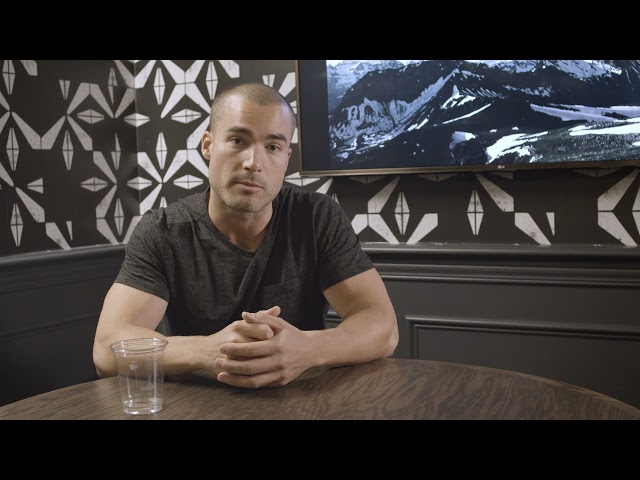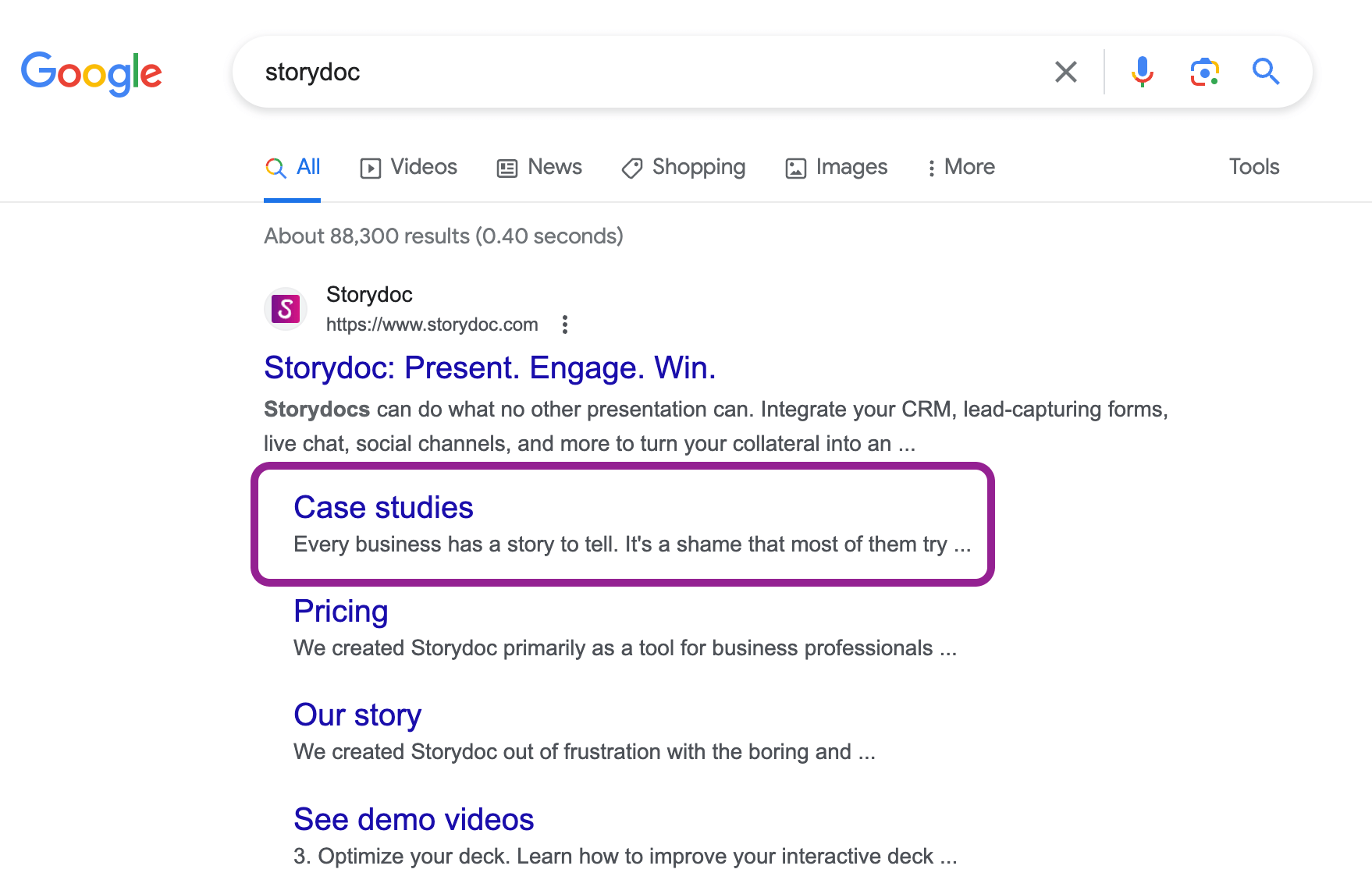What makes a good case study?
A good case study follows a story format of problem-solution-impact. It includes key details of the client’s problem, how they solved it with the help of your product, and the impact it brought them.
8 critical components of a successful case study:
- Talking from the client’s perspective
- Addressing well-defined business problem
- Telling the WHY, not just the WHAT and the HOW
- Giving concrete example
- Backing the story with statistics and facts
- Weaving quotes and testimonials into the story
- Making the content interactive
- Including a call to action
In principle, a top-tier business case study is more than a testimonial.
Think of it as a blockbuster movie, where your customer is the hero Luke Skywalker, the problem is the looming death star, and your solution is the trusted guide Obi-Wan Kenobi.
This gives readers an engaging narrative that not only captures interest but also propels action.
Now let's take a look behind-the-scenes. at the key elements that make a good business case study.
1. Story from the client’s perspective
The key to a captivating case study lies in whose story you're telling. Let your customer be the hero, not your product or service. By focusing on their journey, you'll create a narrative that resonates with your audience, making them more invested in the outcome.
A great example is Adobe’s case study with Under Armour:
In this case study, Adobe tells the story of how Under Armour used Adobe Experience Manager Assets to streamline and enhance their creative asset management. The case study is presented from Under Armour's point of view, providing a customer-centric perspective.
2. Common but well-defined business problem
The best case studies revolve around relatable, well-articulated problems. The issue should be common enough for your audience to identify with, yet specific enough to avoid being generic.
Shoot for the sweet spot that makes a specific segment of your prospective clients say, "That sounds like us!"
A great example is Slack’s case study with HubSpot:
HubSpot, a well-known inbound marketing, sales, and service software provider, grappled with the challenge of maintaining internal communication and collaboration across a rapidly expanding global team.
This case study by Slack outlines how they addressed HubSpot's problem - a common issue faced by many growing businesses.
3. Tell the WHY, not just the WHAT and the HOW
The magic of a compelling case study lies in the mystery of 'why' your solution works. It's crucial to share what happened and how, but digging into the reasons behind the decisions and outcomes adds mystery to your story and keeps your audience intrigued.
An example of this is Marketo’s case study with Panasonic:
In this business case study, Marketo digs into why Panasonic decided to implement a new marketing automation solution.
The case study doesn't just focus on the solutions Marketo provided, but also highlights the reasons behind Panasonic's decision, adding depth to the narrative.
4. Concrete examples
Details make your case study relatable and tangible. Incorporate specifics - who did what, when, where, and how. These concrete examples help your audience visualize the scenario, making your narrative more compelling and memorable.
Zendesk's case study with LendingClub presents concrete examples:
It follows how LendingClub used Zendesk's customer service software and alternate platforms improve their customer support operations.
The case study offers a clear narrative about the problems LendingClub faced, the Zendesk solutions and Zendesk alternatives, and the impact these solutions had on LendingClub's business.
5. Stats
Numbers lend authority and credibility that words often cannot. They provide concrete evidence of your solution's impact, creating a stronger case for your product or service.
But remember, these stats should be significant, reliable, and, most importantly, show real impact on your customer’s bottom line.
Here's an example of a great animated numbers slide:















